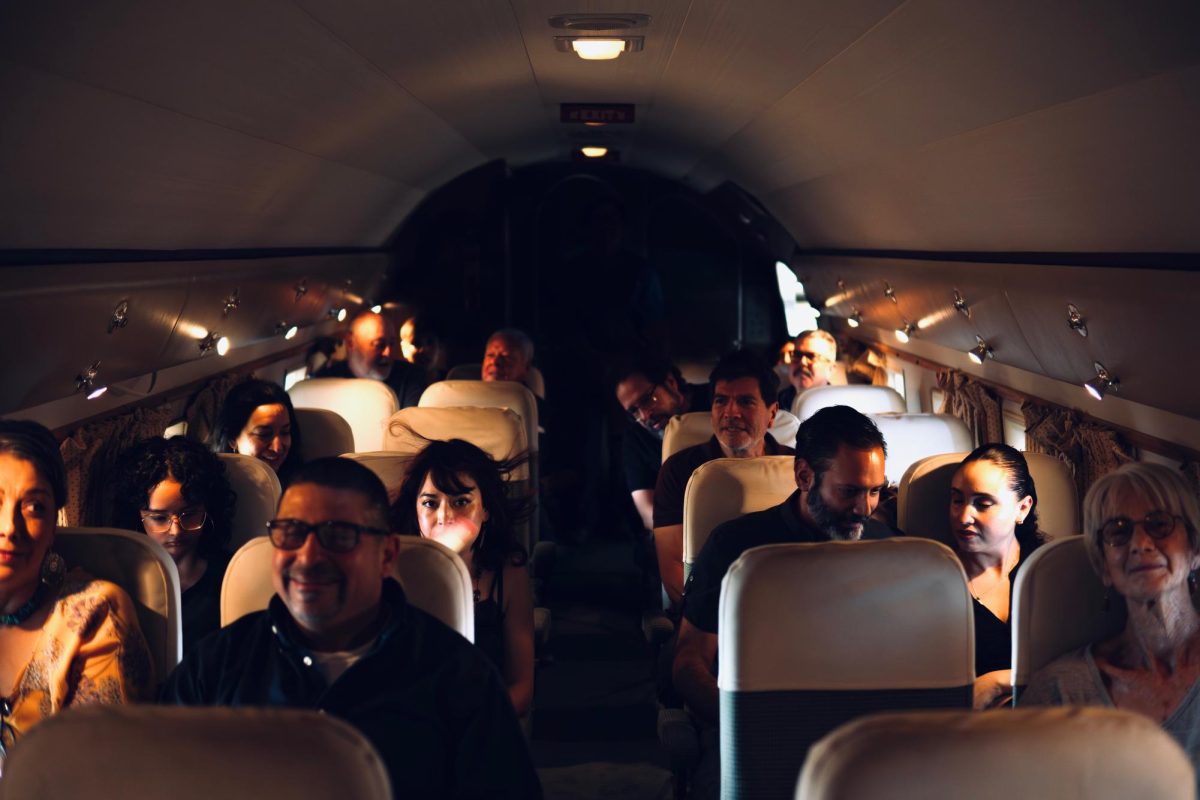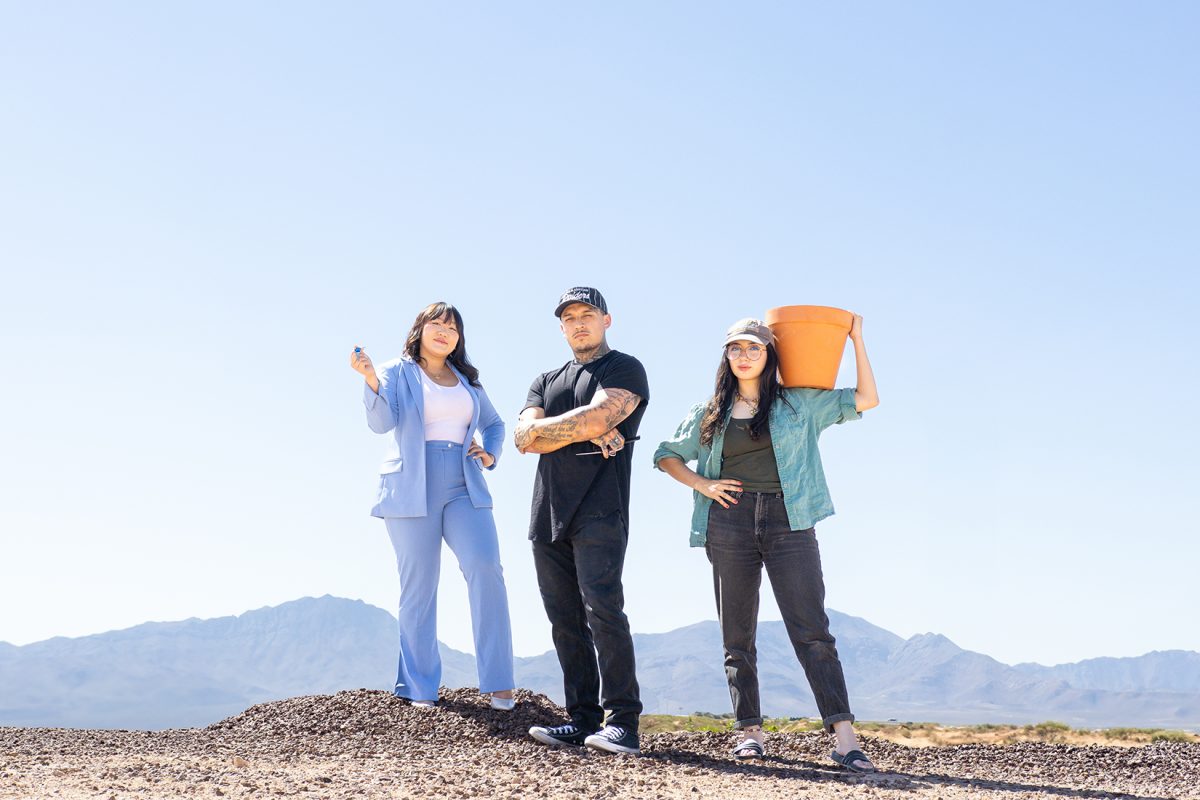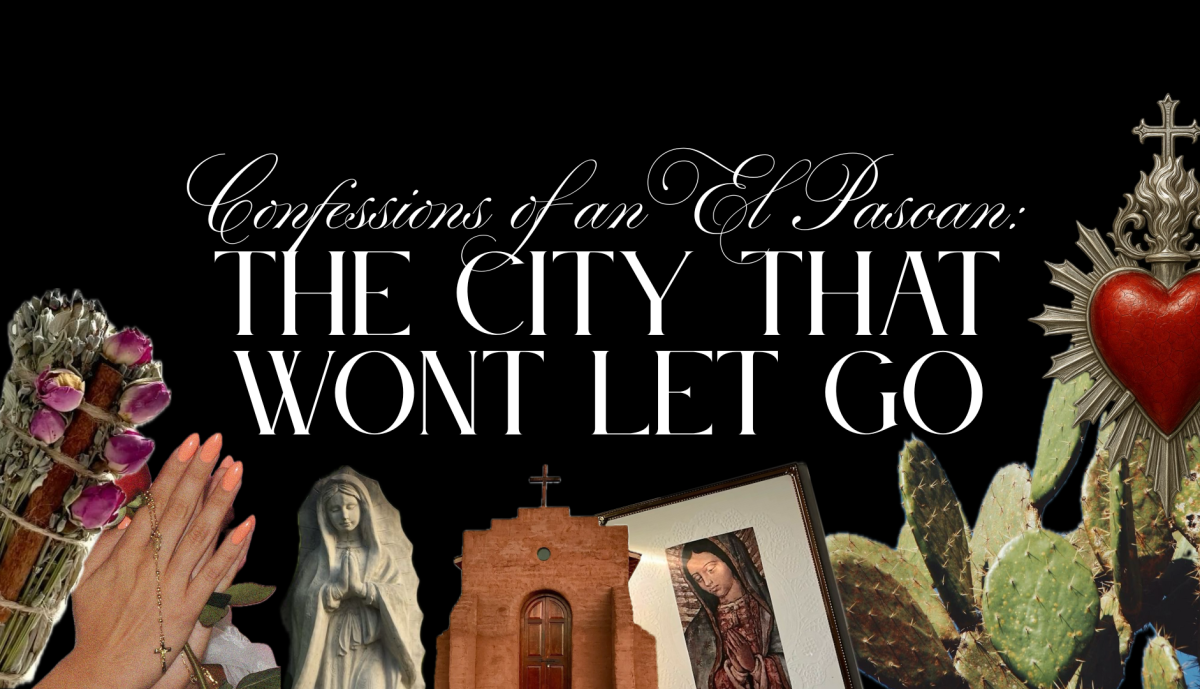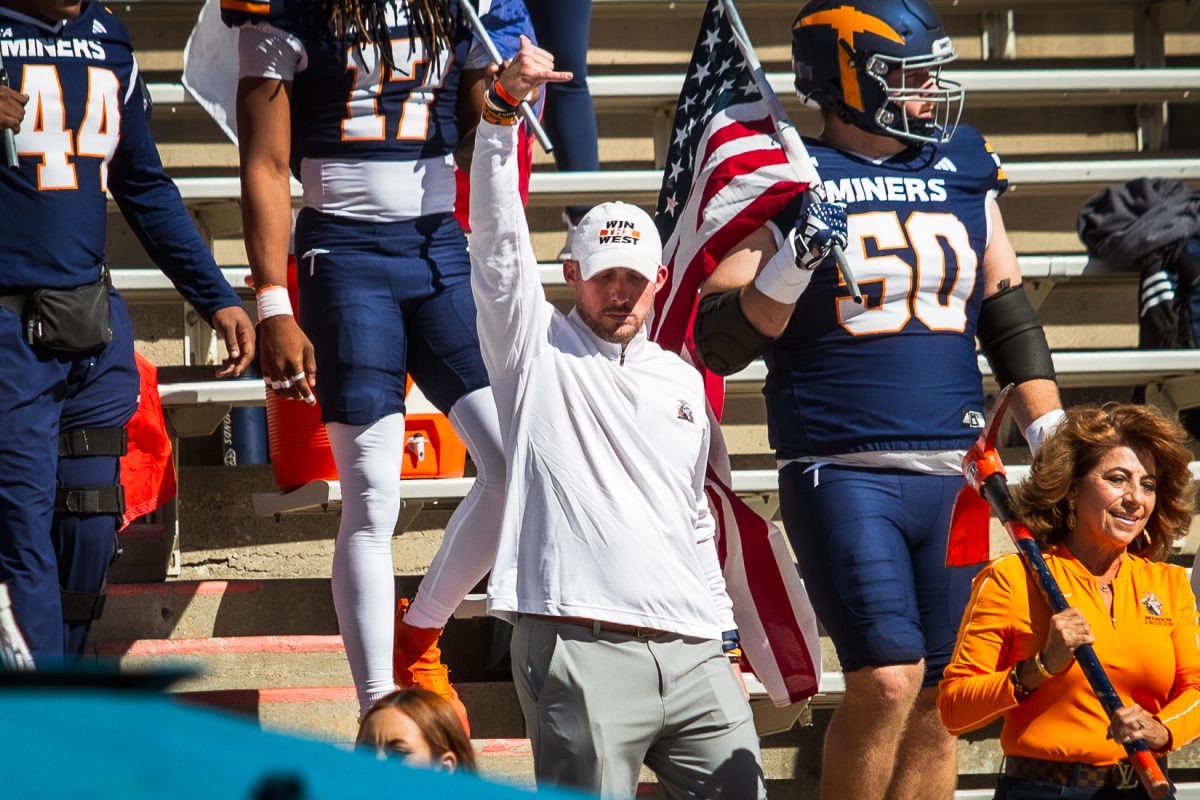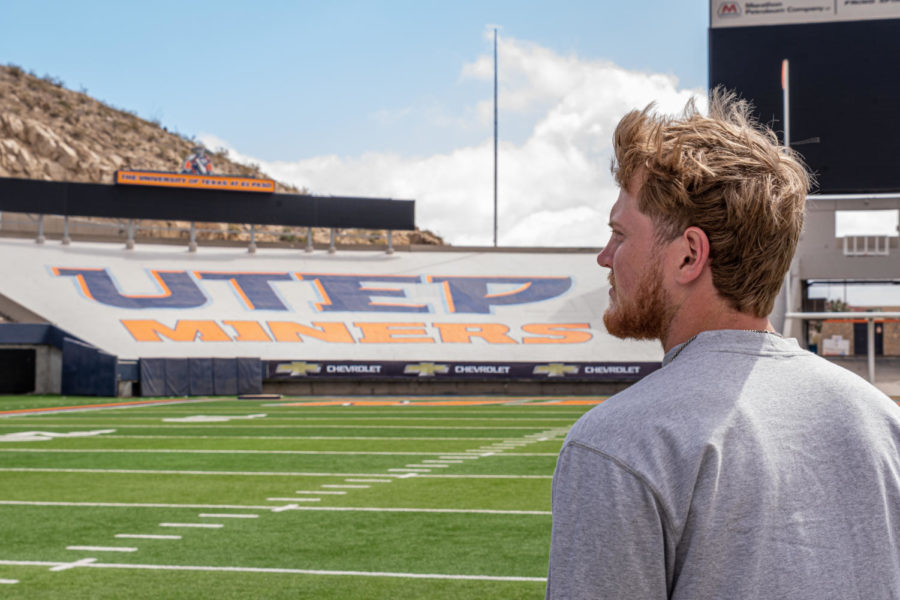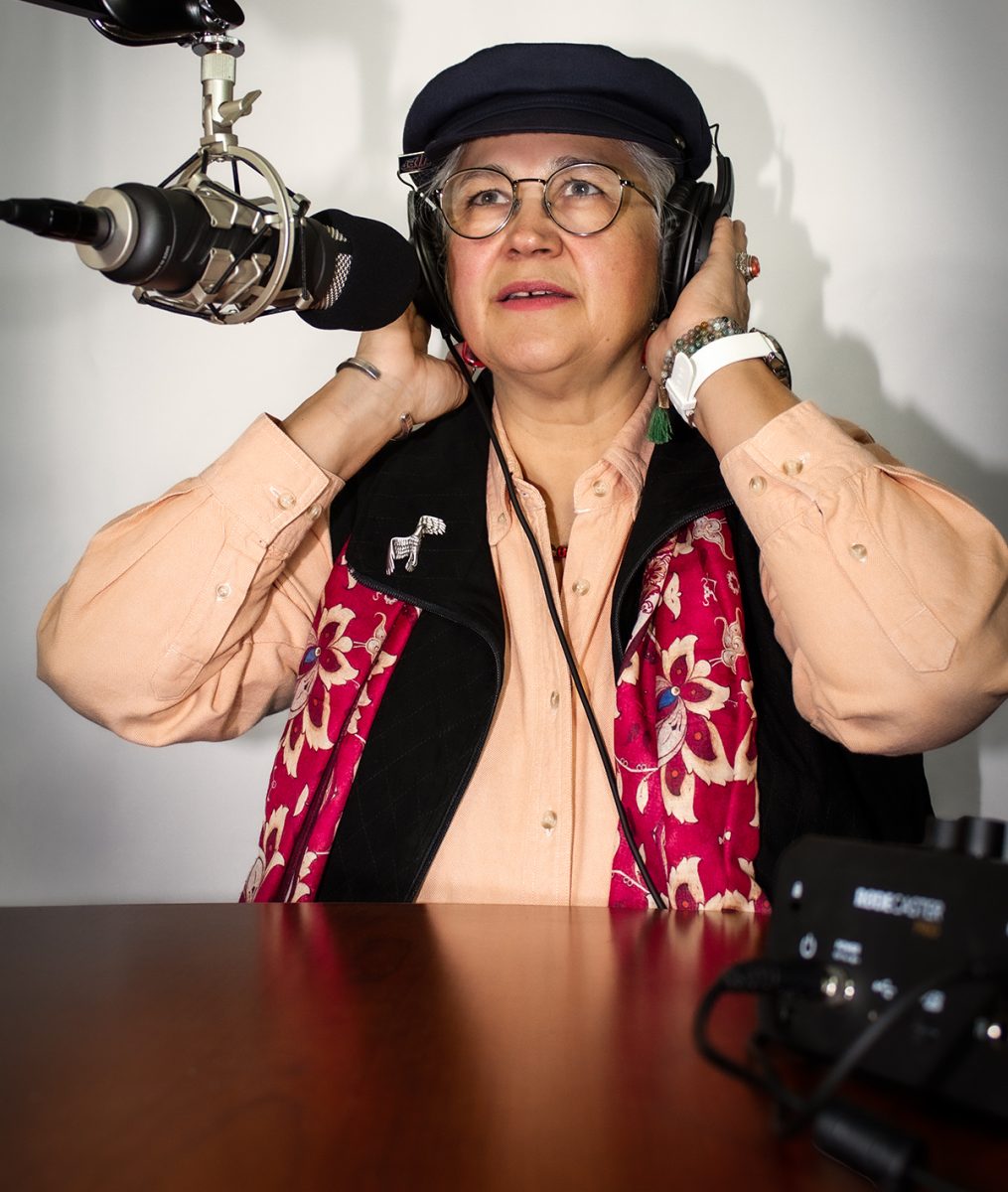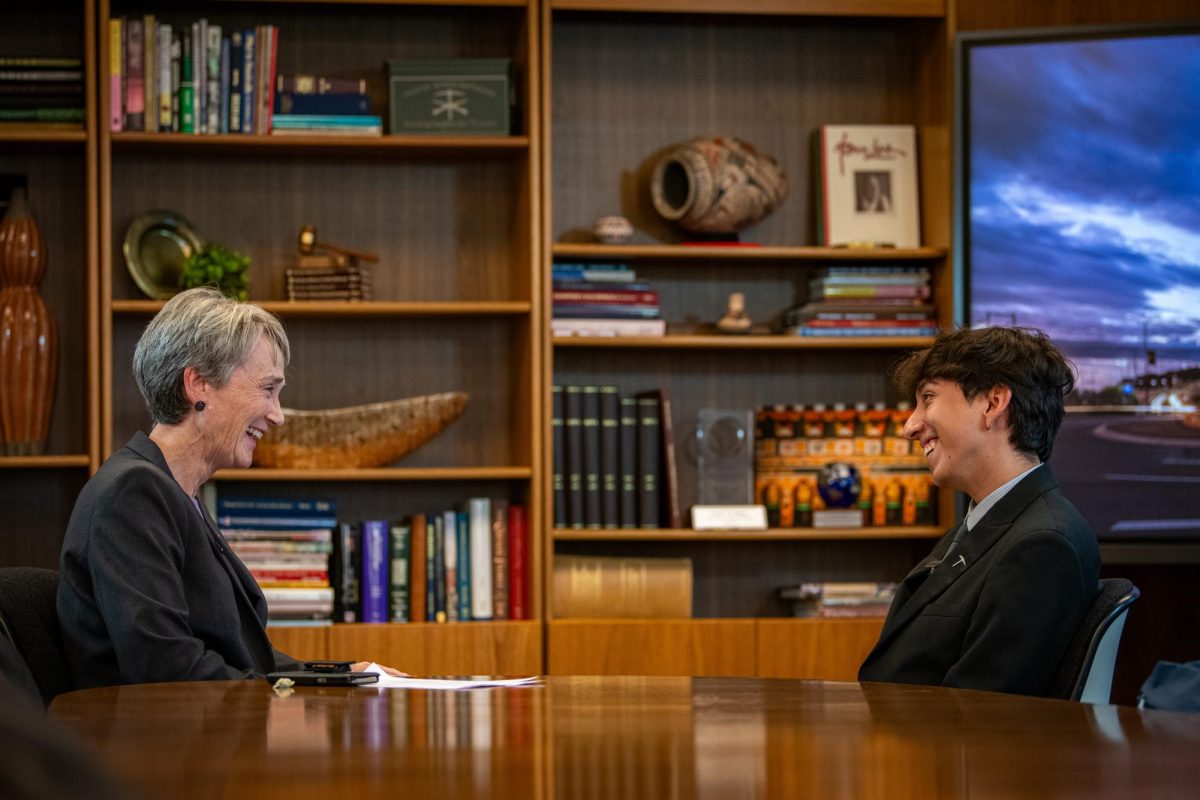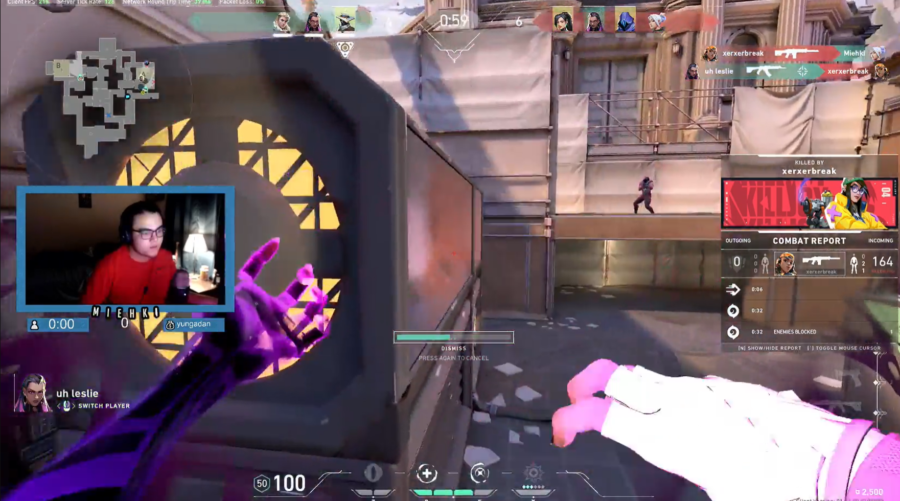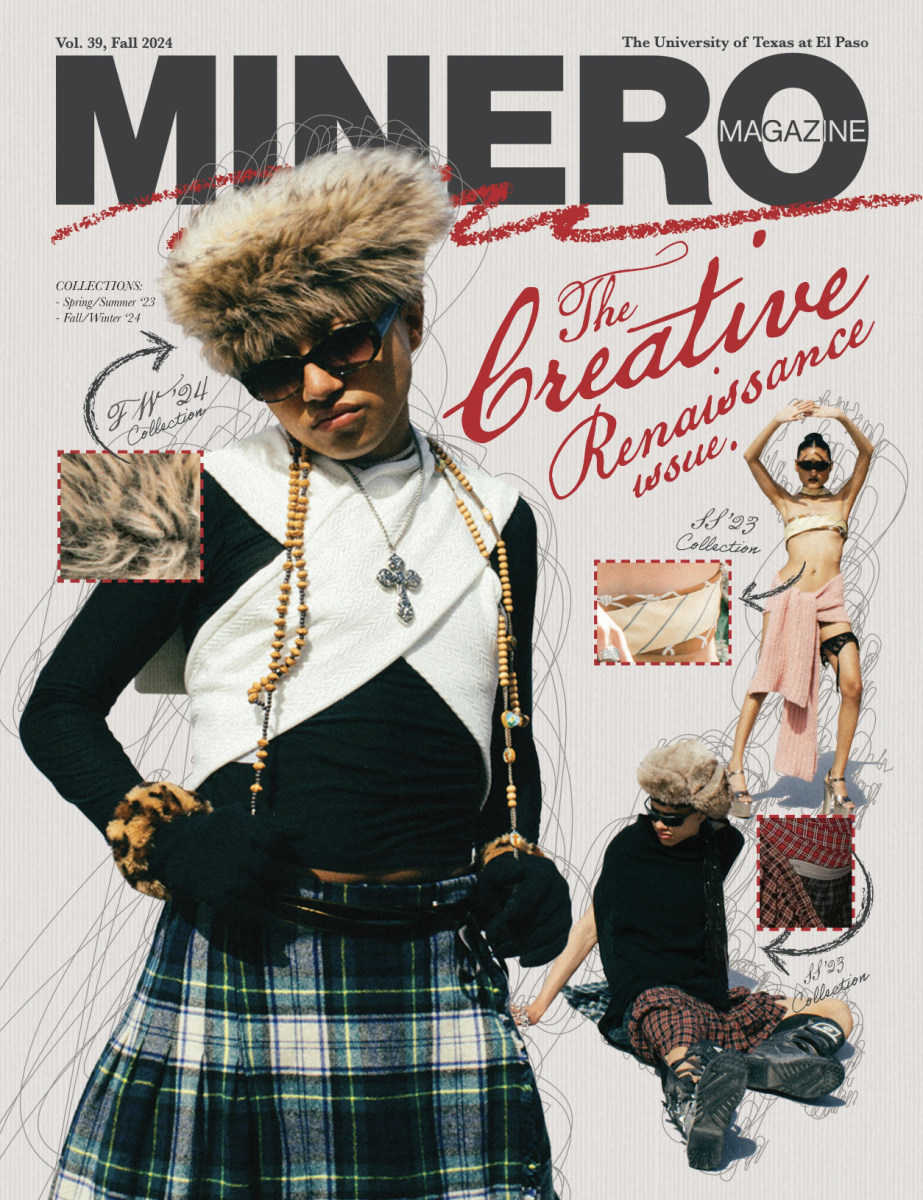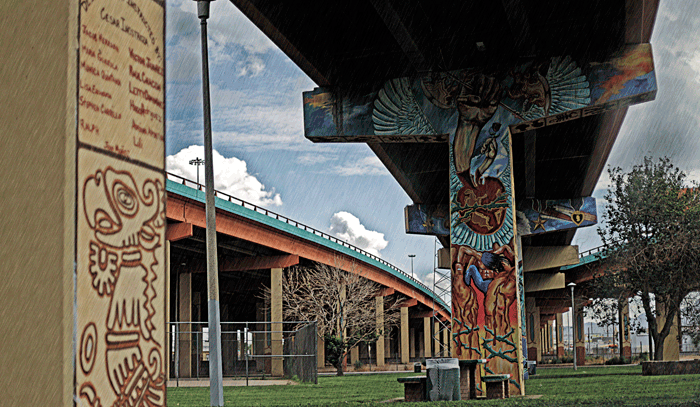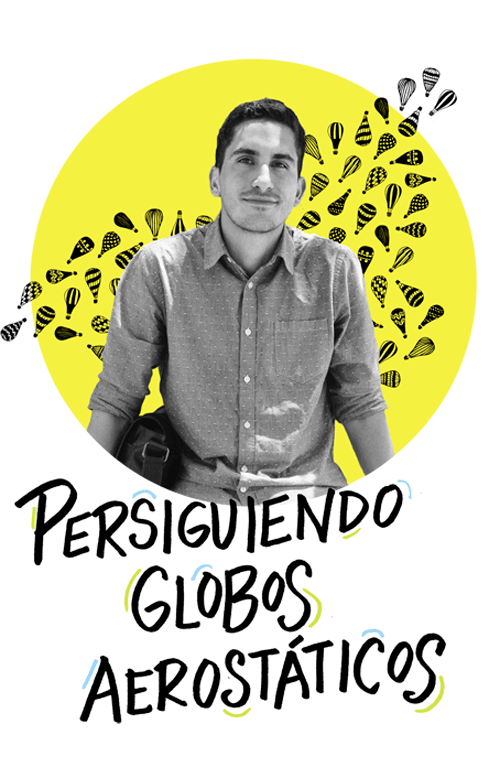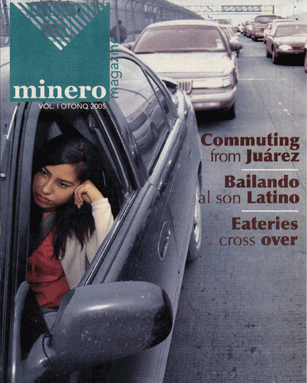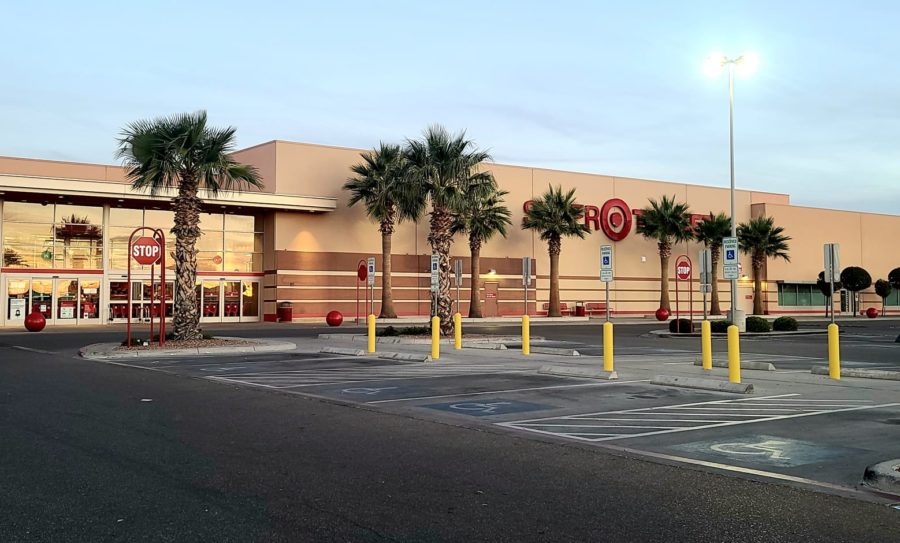
By: Javier Cortez
For a student athlete coming from a Hispanic or Latin American country. There is no better place to be than UTEP. Even for the typical international student, UTEP caters to and assimilates that student into college life in the United States.
UTEP ranks first in bachelor degrees awarded to Hispanics in education, engineering and mathematics and statistics, according to the National Center for Education Statistics. It doesn’t seem like such of a surprise considering that ethnically the city of El Paso is 80 percent Hispanic, according to most recent census data.
For a Hispanic-serving institution that touts diversity and inclusivity, few student athletes come from Spanish-speaking countries. The 11 that do, however, are finding assimilation much easier than they would elsewhere, they say.
During the 2014 sports year, UTEP had 52 international students. Sports like football and men’s basketball do not have that many Hispanic athletes. The small percentage of Hispanic athletes is surprising considering UTEP’s geographical location and what the university can provide to those athletes.
Junior volleyball player Dayana Acevedo Rios, from Naranjito, Puerto Rico, knows first hand how hard adapting to a new city, people and culture can be. “I feel like moving to another country, no matter where you are, is hard,” Dayana says. “You are changing everything, you are by yourself and you don’t have family. The culture is different and you need to adapt to the people around you and you need to know that you are not home anymore, so you have to take care of yourself.”
UTEP is Dayana’s second stop in her college career. Dayana says that during her time at Iowa Western she felt like a complete outsider at times. “At Iowa Western I was seen like an alien,” Dayana says. “There is no Spanish speaking over there, it was just English, it was hard to learn English by myself. You do not have anyone there to help and it’s just you learning to survive.”
But in Dayana’s two years at UTEP that has not been the case. She has come to see that the professors and the university are there to lend a helping hand. Knowing that El Paso and UTEP are filled with Spanish speakers made adapting that much easier for Dayana when she came from Iowa Western. “I think UTEP has been really helpful and patient,” Dayana says. “They really understand. For example, my English is not that good, I can speak it, but I have trouble writing it. So when I had one of my final papers I asked my professor if I could write it in Spanish and he said yes. They understand and they help you.”
UTEP does not have a stated goal to help Spanish-speakers, but anyone who has attended the university within recent memory knows that helping an outsider adapt is on the agenda.
“It is not a stated goal of UTEP to bend over backwards for Spanish speakers, but our mission is to serve the community,” says professor of borderland studies Joanna Kropp. “I have not taught anywhere else, so I cannot speak for any other institution from a teaching standpoint. But as a student, it was sink or swim in every regard. If you didn’t know the language—too bad, if you didn’t know how to study—too bad, if you didn’t know where things were—too bad. We are not like that at UTEP.”

Junior women’s basketball player Irene Gari, from Spain, lists the lack of a language barrier as one of the reasons why she came to UTEP. “I knew that this would be an advantage for me when it came to adapt, Irene says. Also, the fact that there are three other Spanish girls in the golf team helped me a lot.”
The city of El Paso and its people tend to put Hispanic athletes at ease. “What is really neat about El Paso is that people who live here have family on the other side,” Kropp says. “So we do see ourselves as Mexicans, there are a lot of literal families. It is a shared environment—we watch the same television stations, listen to the same radio, we read the same newspaper, and we celebrate the same holidays. It is very different from the interior United States and interior Mexico. We are very unique.”
Irene says she feels closer to Spain because of the language similarities. “The most similar thing is the people of Mexico that speak Spanish,” Irene says. “That makes me feel closer to Spain and the people of Mexico, and the way they are is what I find similar to Spain.”
With all that UTEP has to offer in assisting Spanish speakers, the support from spanishspeaking professors is the biggest help to Hispanic international students.
“We do have people, who know Spanish as their first language, who feel comfortable here even if they do not speak English,” Kropp says. “So many of our professors do speak Spanish, so many of our teaching assistants speak Spanish and most of the computers are bilingual as well. We all take that into consideration that some students’ first language is not English.”
Knowing that El Paso and UTEP are filled with Spanish speakers made adapting that much easier for Dayana when she came from Iowa Western. “I didn’t know English at all when I came to the United States,” Dayana says. “Being in El Paso, it was easy to adapt to a new culture. When I came to El Paso I was able to learn English, while still using Spanish.”
Kropp believes UTEP is a perfect fit for Hispanic athletes, more so than any other university.
“If I have a student from anywhere and they’re having any difficulties, I call their advisers and ask them what can we do and then they step in with resources,” Kropp says. “With the athletes in particular, they get a lot of extra attention because they are transferring and they are away from friends and family. UTEP goes the extra mile to become that student’s family or resource center so they do not feel so isolated.”
Dayana says the similarities go beyond entertainment, food and celebrations—the culture of El Paso and how people interact with each other is what takes her back to her hometown of Naranjito. “It’s similar to how people behave,” Dayana says. “You feel like more of a family, everyone is really friendly and they worry about you. The culture, the food and just the people are similar. The United States is nothing like Puerto Rico, but I didn’t know that there was so much Hispanic culture here. I feel at home.”



